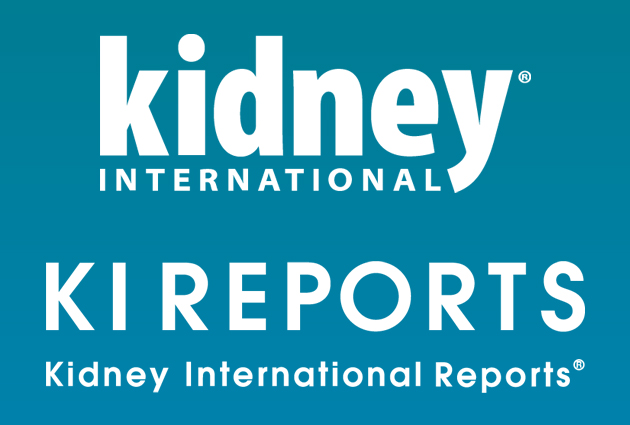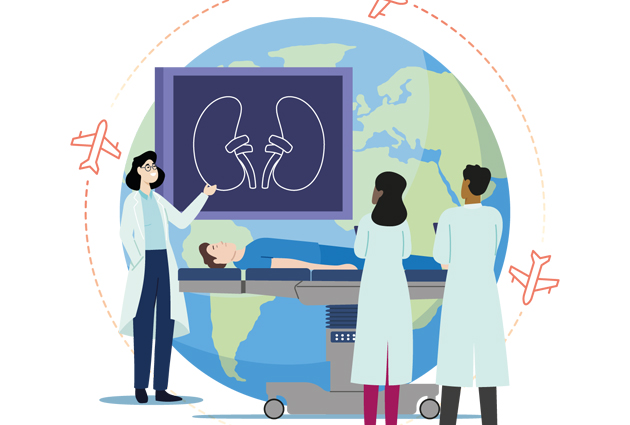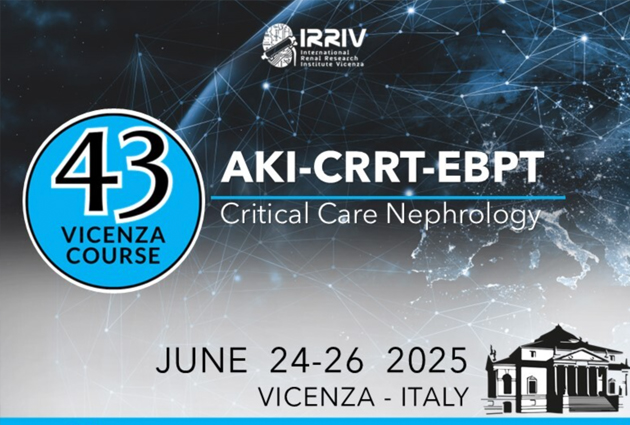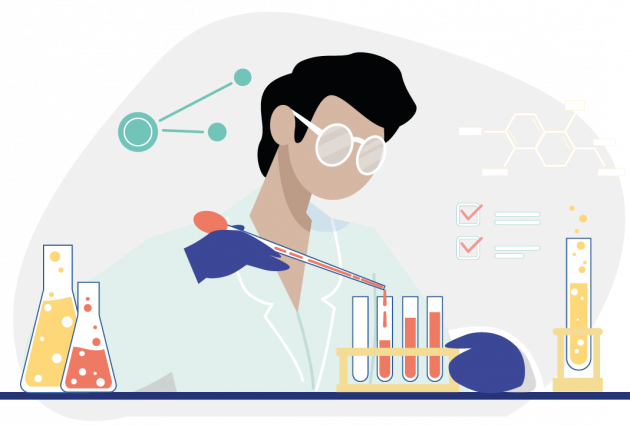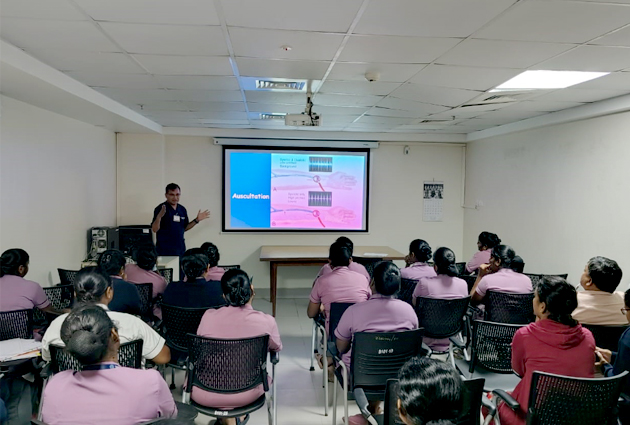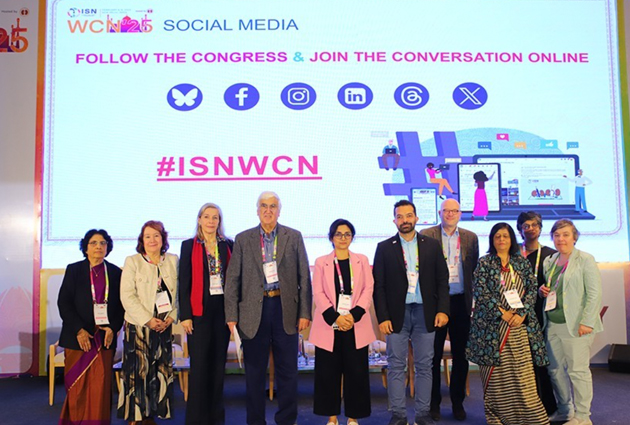ISN Forefronts Charleston: intrinsic regulation of kidney function
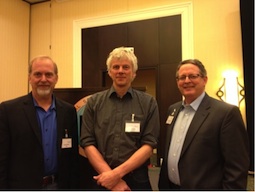 “Extrinsic” regulation of renal function by factors such as circulating hormones or nerves is critically important for body homeostasis and has been extensively studied. The kidneys also have a substantial capacity for “intrinsic” regulation of their physiology and pathophysiology, involving a large and growing number of paracrine and autocrine factors including, but not limited to, arachidonic acid derivatives, nucleotides, numerous peptides, nitric oxide, carbon monoxide, and reactive oxygen species.
“Extrinsic” regulation of renal function by factors such as circulating hormones or nerves is critically important for body homeostasis and has been extensively studied. The kidneys also have a substantial capacity for “intrinsic” regulation of their physiology and pathophysiology, involving a large and growing number of paracrine and autocrine factors including, but not limited to, arachidonic acid derivatives, nucleotides, numerous peptides, nitric oxide, carbon monoxide, and reactive oxygen species.
The information on effects of local regulators is rapidly increasing and includes mechanisms for intratubular signaling, tubular vascular interactions, regulation through the interstitium and interstitial cells, cell-cell signaling and interactions between local and circulating factors. Nonetheless, this large research field is fragmented and it may greatly benefit from a more integrated understanding.
The ISN Forefronts Symposium held from March 6 to 9, 2014 in Charleston, USA was designed to meet this need. The goal of the meeting was to facilitate communication between investigators, all of whom were studying the influence of disparate local factors on kidney physiology and pathophysiology.
As credited to Dennis Noble, current President of the International Union of Physiological Sciences, we strove towards “rather putting together than to taking apart” this system of intrinsic regulation of renal function wherein local factors comprise an interconnected system involving feed-forward (amplifiers) and feed-backward (inhibitors) pathways. A potential criticism of this undertaking is that the list of known paracrine and autocrine factors is undoubtedly very incomplete. However, a substantial body of research on local renal factors currently exists upon which integrative hypotheses can be generated to help explain kidney function in health and disease.
The Scientific Program Committee generated a wealth of ideas for topics and suggested numerous paracrine factors to be included. Rather than trying to encompass all local factors so far described, ten major functional themes were identified around which individual sessions were organized. A total of 27 invited international speakers participated (18 USA; 7 Europe, 1 Japan, 1 South America). In each session, two free communications were chosen from the submitted abstracts in order to promote early stage investigators and emerging topics. Importantly, the program included an infusion of novel biological ideas from speakers outside the traditional norms of nephrology, including keynote lectures from Garret Fitzgerald (USA) on molecular clocks and cardiometabolic function, Paul Insel (USA) on nucleotides as paracrine factors, and Hiderou Yoshida (Japan) on endoplasmatic reticulum stress. Although not specifically targeted for discussion, the role of local renal inflammation was a recurring theme and was particularly emphasized in the presentation by Bernardo Rodriguez-Iturbe (Venezuela) on inflammation and salt sensitive hypertension.
The range of material and number of ideas generated are too large to comprehensively discuss herein. Rather, one example of the result of this intellectual cross-fertilization is illustrated. Work was presented demonstrating that tubule fluid flow stimulates production of multiple epithelial cell-derived factors. It became apparent that release of ATP and activation of purinergic receptors may play a central role in the ensuing production of autocrine factors that act on tubule cells to regulate Na+ and water reabsorption, and on paracrine factors that modulate renal blood flow through tubulovascular crosstalk involving, amongst other potential targets, pericytes on vasa recta and traditional tubuloglomerular feedback. Further, this system involved production of rapid response (such as ATP) and sustained response (such as endothelin) factors, supporting the notion of an integrated system operating in a temporally hierarchical fashion. In essence, through comparison of numerous studies from laboratories working in quite different areas, a hypothesis for integrated control of net Na+ excretion, renal blood flow, and glomerular filtration rate was generated.
The consensus opinion of participants was one of great enthusiasm with a number of participants forming new collaborations in areas they normally did not study. We hope that this meeting serves as an inspiration for continued conferences and other interactions between researchers studying factors intrinsic to the regulation of renal function. This obviously includes those studying glomerular, tubular epithelial, vascular and interstitial cell function. In particular, areas for increased collaboration were clearly identified for those working on ion channels, renal hemodynamics, inflammation, proliferation and fibrosis. Finally, it was evident that this meeting on intrinsic regulation of renal function served the wonderful goal of creating new colleagues, both “intrinsic” and “extrinsic” to renal research. We hope that this meeting will serve as an inspiration for others to continue exploring crosstalk within the kidney and also within our research community!
The entire ISN Forefronts program can be viewed HERE. This report was provided by Donald Kohan, David Pollock and Jens Leipziger.

